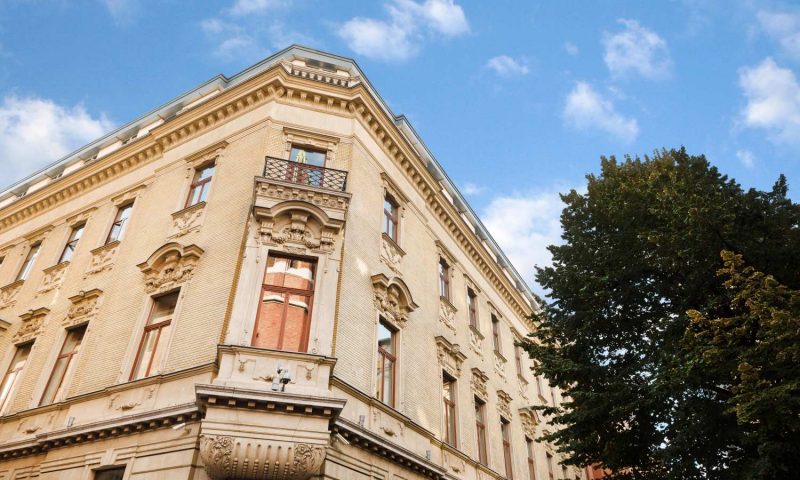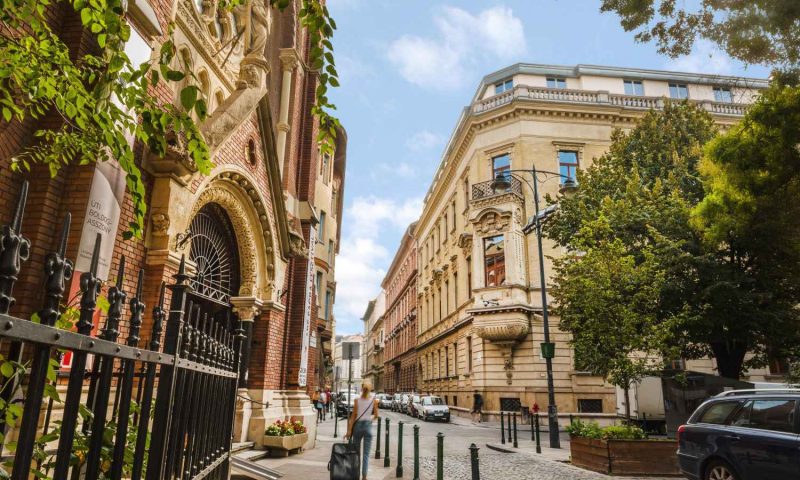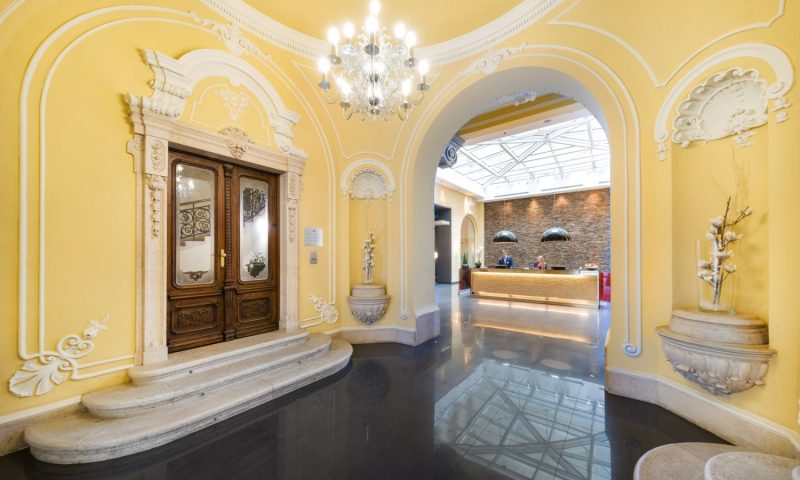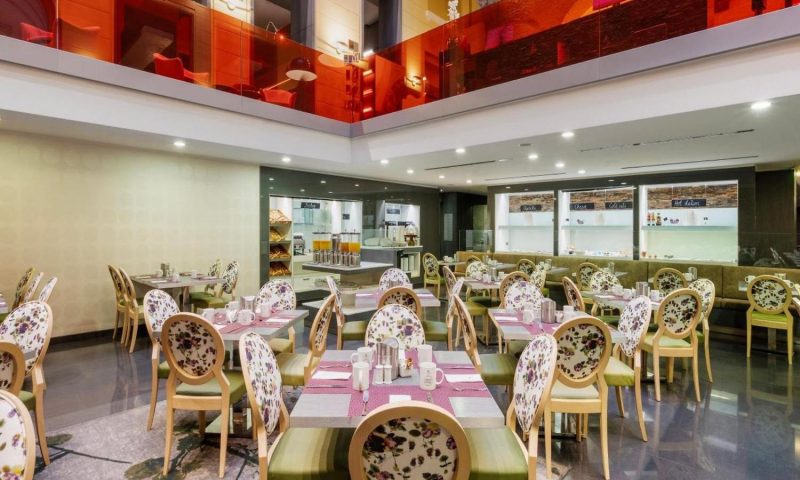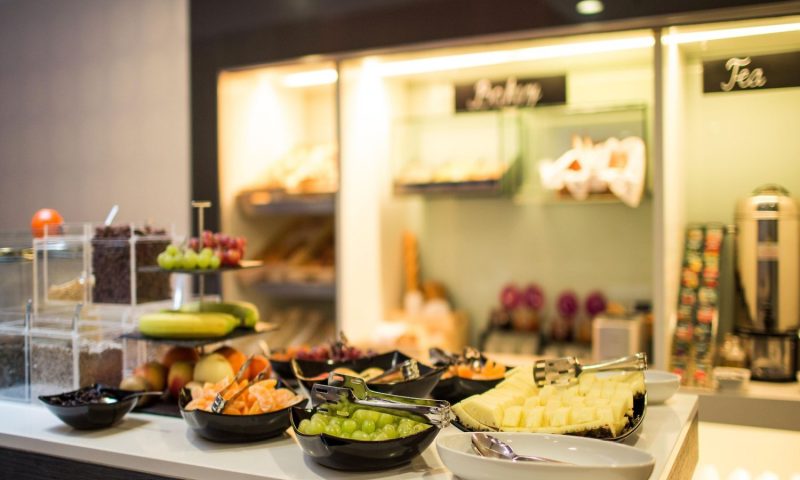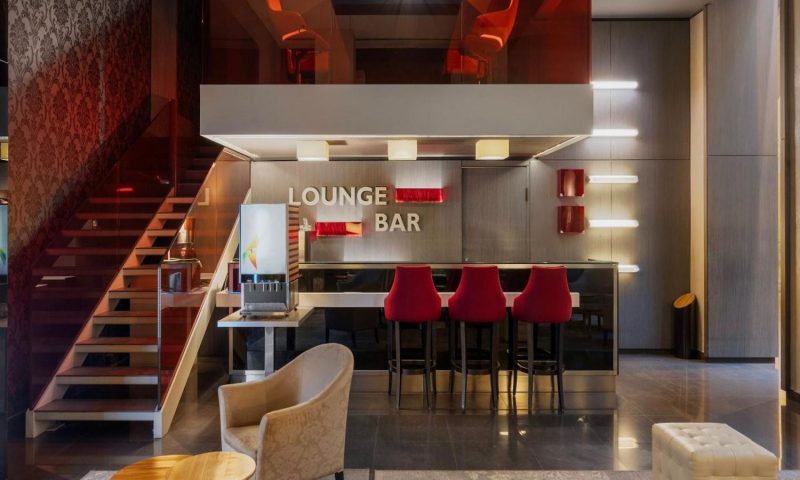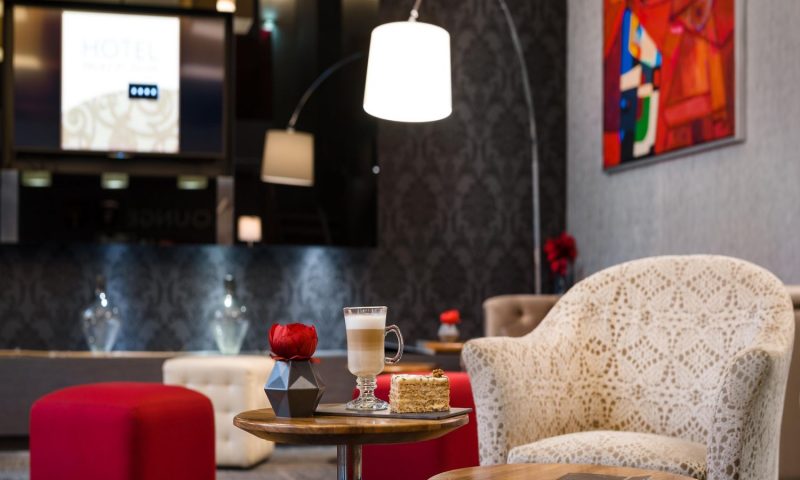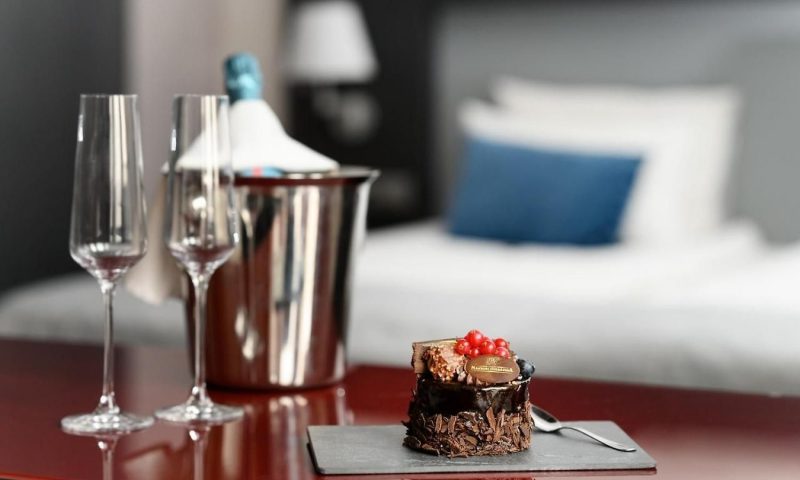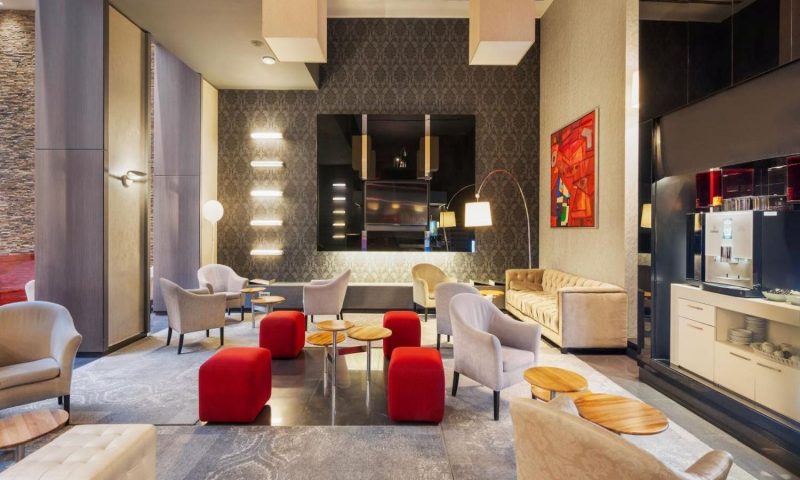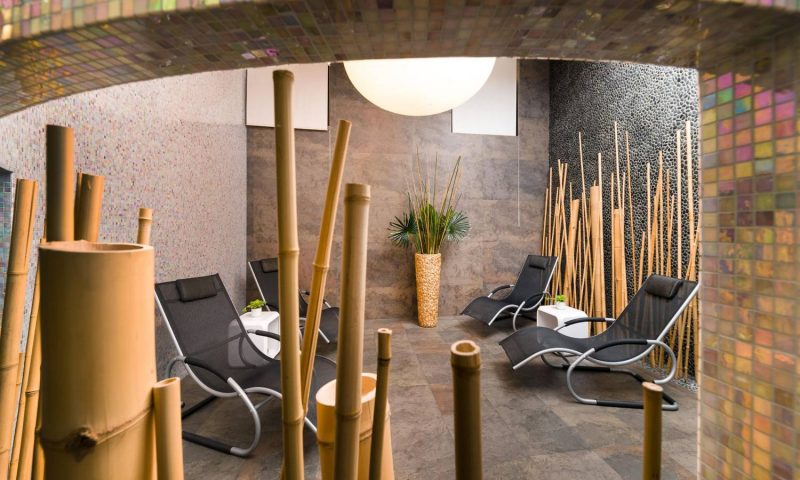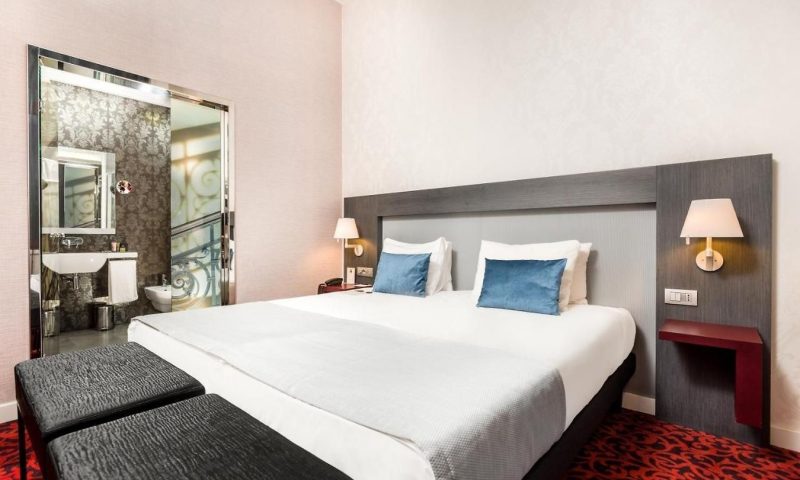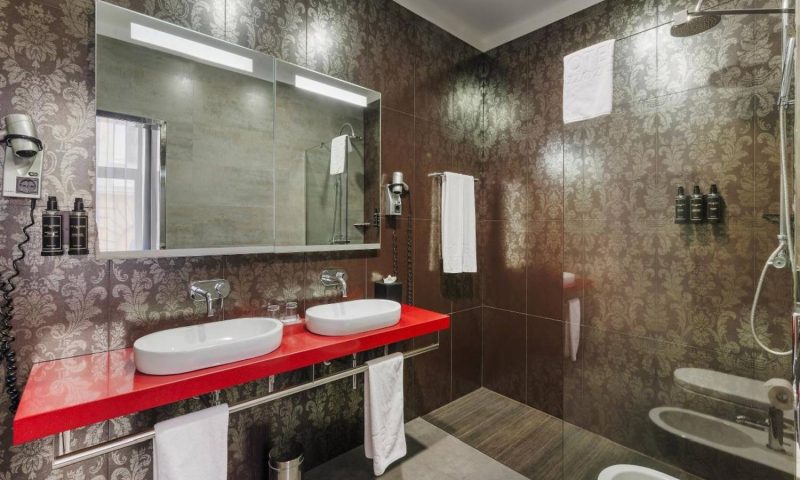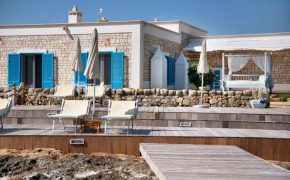The Hotel Palazzo Zichy, a former palace from the 19th century was turned into a four star hotel in 2009 and has been welcoming guest with 80 well-equipped contemporary style rooms. The facade and the interior preserved the beauty of the old mansion built for the famous Hungarian noble, Count Nándor Zichy and for his family.
The hotel is situated in the Palace District surrounded by restaurants, bars, terraces, cafes and little shops. The building is within walking distance from the Hungarian National Museum, the Great Synagogue, the Great Market Hall and the Holocaust Memorial Center.
THE HISTORY
He was raised in the family estate on countryside and he received an excellent private education in accordance with the tradition of the rich noble families. During his university years he studied philosophy, law, mining and economics. Count Zichy spoke fluent English, German, Latin, French and Hungarian.
He managed the family farm and he got involved in the local politics. He turned to the national politics from the sixties and he became an influential politician of the Compromise era.
- 1829: They had six children. Nándor, Sarolta, Aladár, Lívia Klára, Mária Ludovika (Marietta) and a son who died when he was only few days old. They presented Nándor Zichy with 13 grandchildren.
- 1860: He wrote his famous political article titled “Fundamental Questions” in 1863. Zichy was brought to trial because of the extremely critical tone of the text. He was sentenced to one year in prison for “breach of public peace“ (incitement), and he was deprived of his noble rank. At that time Ferenc Deák (Minister of Justice during the Hungarian Revolution in 1848, leader of the Passive Resistance in the 1860s) made his humorous statement that “Zichi is the richest peasant in Hungary”. (Many noble family names end with a letter “y” instead of an “i”. Although the spelling is different, the pronunciation is the same.) After one month imprisonment the emperor released Nándor Zichy and gave him back his noble rank. He worked as a Member of Parliament from 1865 and he became one of the leaders of the Catholic People’s Party founded in 1895.
- 1899: Count Nándor Zichy’s wife, Countess Lívia Zichy purchased the lot and a one-story house built in 1848 for 61,000 Forints in 1896. The real estate was situated in the Palace quarter, in the neighbourhood of the Hungarian National Museum where several palaces had been erected from the 1860s. The original building was demolished and the construction of the new two-story Neo-Baroque palace was finished in 1899. The mansion was sold to Count Emil Dessewffy for 510,000 Crowns in 1914. Countess Emma Károlyi purchased the house for 320,000 Pengos in 1928 and she had the second floor transformed into five apartments for rent in 1935.
- 1899: The government had the building divided into separate residences and assigned them to common people. The communist era ended in 1989 and in the early nineties, the citizens earned the right to purchase their apartment in which they were living at a fraction of the market price.
- 2009: The current owner bought the property in bad condition in 2007 and the construction of the heritage listed building started in the same year. The eighty-room hotel opened in 2009 and it has won several awards since then. The hotel was inducted into the Branch Repository of National Values in 2015.
HUNGARIAN NATIONAL MUSEUM
The Hungarian National Museum (Hungarian: Magyar Nemzeti Múzeum) was founded in 1802 and is the museum for the history, art and archaeology of Hungary, including areas outside of Hungary’s modern borders such as Transylvania.
GREAT MARKET HALL
The Great Market Hall or Central Market Hall (Hungarian: “Nagyvásárcsarnok”) is the largest and oldest indoor market in Budapest. It is located at the end of the famous pedestrian shopping street Váci Street and on the Pest side of the Liberty Bridge at Fővám Square.
HOLOCAUST MEMORIAL CENTER
The Holocaust Memorial Center is a national institution established by the Government in 1999. It is one of the few institutions in the world, established by the state that focuses entirely on Holocaust research and education.
It welcomes visitors with interactive permanent and special periodic exhibitions, experience-based museum pedagogical programs and cultural performances. Guided tours are available in five languages and special, thematically focused tours are offered regularly.
THE GREAT SYNAGOGUE
The Great Synagogue (Hungarian: Dohány utcai zsinagóga/nagy zsinagóga) is a historical building in Erzsébetváros, the 7th district of Budapest. It is the largest synagogue in Europe and one of the largest in the world. It seats 3,000 people and is a centre of Neolog Judaism.
The synagogue was built between 1854 and 1859 in the Moorish Revival style, with the decoration based chiefly on Islamic models from North Africa and medieval Spain (the Alhambra).
